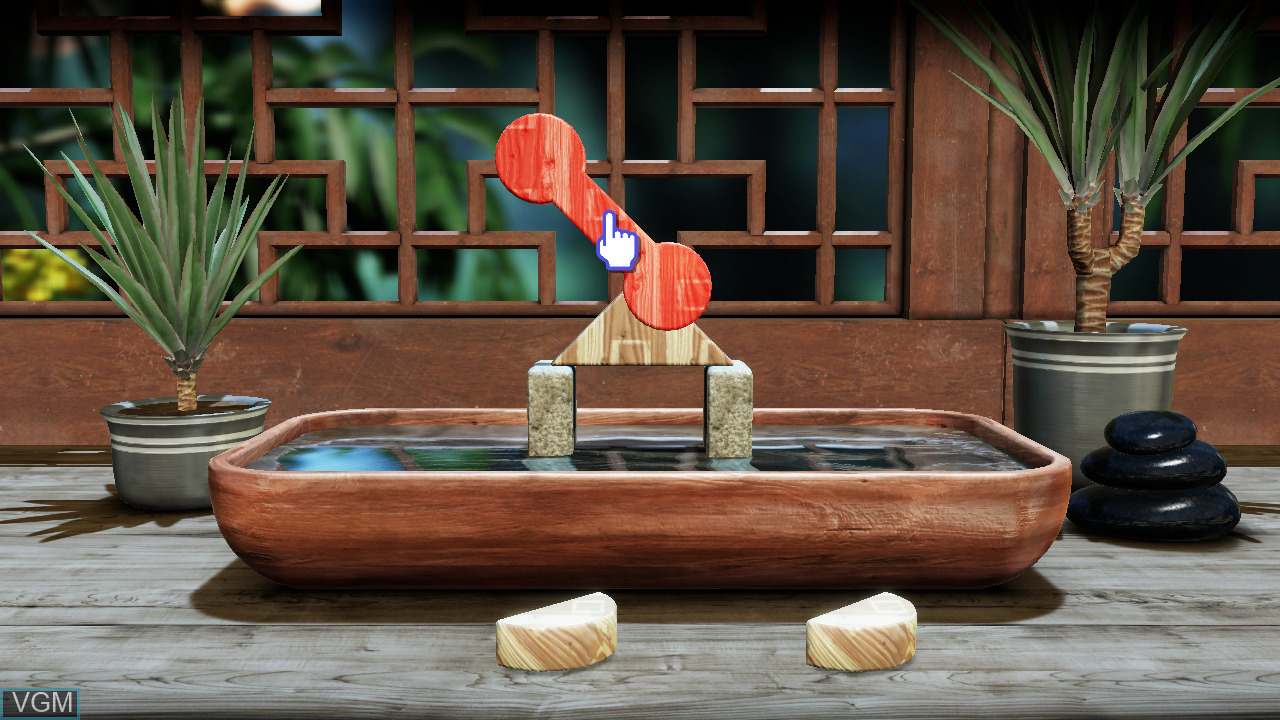The art of balancing difficulty in games.

Balancing difficulty in games is a delicate art that shapes player experience, ensuring engagement without causing frustration. A well-balanced game provides enough challenge to keep players invested, while remaining fair and rewarding. Developers achieve this by gradually increasing difficulty, introducing new mechanics and obstacles at a pace that allows players to build their skills. Games like Celeste and Hollow are praised for their balanced difficulty, offering tough but achievable goals that encourage perseverance and growth.
One key to balancing difficulty is providing players with options. Adjustable difficulty settings, assist modes, or modular challenges allow players to tailor the experience to their comfort level. Celeste, for example, includes an assist mode that lets players slow down the game or skip difficult sections without diminishing the core experience. This approach ensures that players of varying skill levels can enjoy the game, fostering inclusivity while preserving the intended challenge for those who seek it.
A sense of progress is vital to maintaining balance. Effective games introduce checkpoints, upgrades, or new abilities that make players feel stronger over time. This progression not only rewards effort but also helps mitigate the frustration of repeated failures. In games like Dark Souls, overcoming tough encounters provides a strong sense of accomplishment, reinforcing the idea that difficulty, when balanced correctly, can heighten the satisfaction of success.
Ultimately, balancing difficulty is about respecting the player’s time and abilities. By creating fair challenges, offering tools to overcome obstacles, and rewarding perseverance, developers craft experiences that are engaging and accessible. When done well, the balance of difficulty transforms a game from a simple pastime into a memorable journey that leaves players feeling accomplished and eager to return for more.



Comments
No Comments